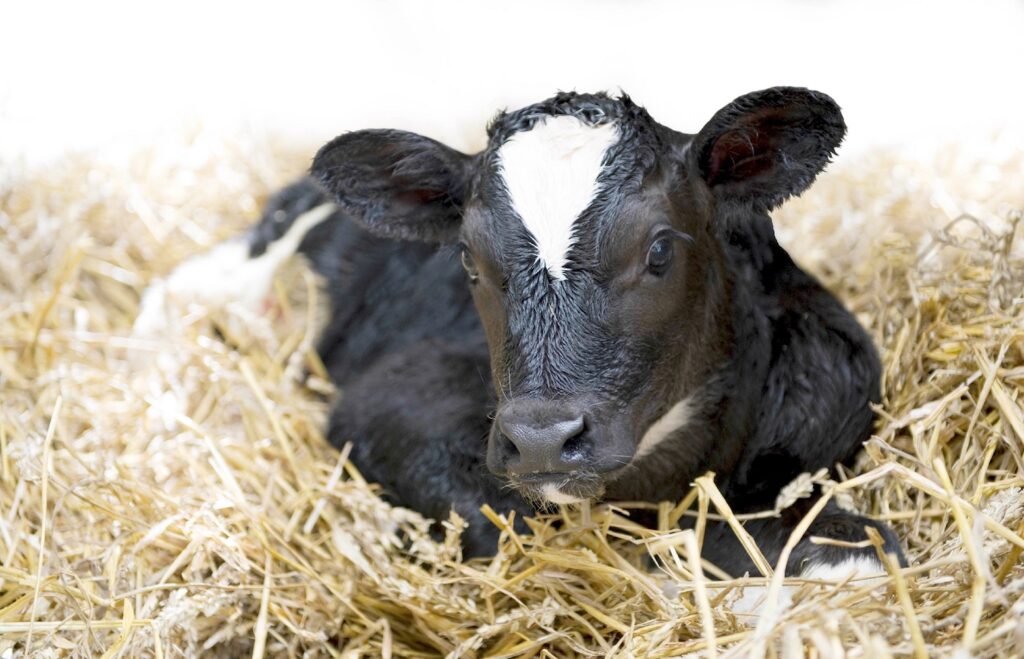Best practice for colostrum feeding
8th February 2021
Cargill’s Bianca Theeruth answers our questions and provides five targets for colostrum feeding.
It goes without saying that poor colostrum intake and low IgG absorption predisposes calves to disease and slow growth, whilst reducing efficiency for farmers. Working with vets and nutritionists, Vetsonic discovered a gap in the market for quality colostrum and went on to develop Immucol calf products, followed by the Immucol lamb range.
We spoke to Bianca Theeruth, technology application specialist (calf and heifer) for Cargill, to find out more about the products and get her top tips on optimum colostrum feeding.
- What sorts of problems occur when colostrum is not given correctly?
The syndesmochorial placenta separates maternal and foetal blood supply, preventing in utero transmission of antibodies in ruminants. Absorption of maternal immunoglobulins across the small intestine during the first 24 hours after birth helps to protect neonates against disease until their own immature immune system becomes functional.
Poor colostrum intake and low IgG absorption predisposes calves to disease and slow growth and reduces efficiency.
- What are some top tips and targets for administering colostrum?
- Quality: IgG in colostrum > 50 g/L. Assess colostrum quality before feeding using Colostrumeter or Brix refractometer.
- Quantity: minimum of 150–200g IgG as soon possible after birth or within 24 hours of life. Ten to twelve per cent of the calf’s bodyweight should be given at first feeding, e.g. 2–4 litres colostrum. Feed one to two days (or longer) to benefit from the high immunological and nutritional value of colostrum and/or transition milk
- Quickly: 1–2 hours or within six hours of birth. The age at first feeding is crucial as the efficiency of antibody (IgG) absorption capacity of the calf to pass through the gut lining and into the bloodstream declines quickly to ‘closure’ at 22–24 hours of age
- Quenliness: Bacterial count < 100 000 cfu/ml and faecal coliforms < 10 000 cfu/ml. Bacterial contamination of colostrum increases the risk of transfer of infection to calves and decreases absorption of IgG in intestines.
- Quantify: ≥ 25 g/L Serum IgG or ≥6.2 g/dL Total Protein. The colostrum management programme (success or failure of passive transfer) can be easily evaluated and routinely reviewed by veterinarians through on-farm monitoring of individuals and herd level.
- What are the specific benefits of Immucol and can you tell us about the range?
Immucol Calf Colostrum (supplement) is fed in addition to maternal colostrum (e.g. to enhance poor quality colostrum, supplement maternal colostrum short supply, or provide additional feedings after maternal colostrum). Meanwhile, Immucol Calf Platinum (replacer) is fed in place of maternal colostrum when necessary due to lack of availability, disease, or management restrictions.
It contains natural bovine colostrum and includes digestible oils, allowing for quick energy to be released from medium chain fatty acids and used directly by the calf. Egg powder provides immune supporting proteins at a critical time in calf’s life and it is guaranteed TB, EBL, IBR and Johne’s free. Vetsonic says it offers an optimal combination of technology, IgG source, packaging, ease of use, biosecurity, convenience, quick mixing and adherence to protocols.

